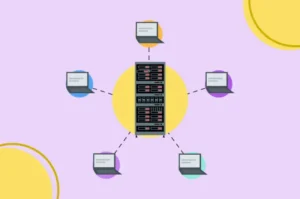
Comprehensive Guide to Creating, Organizing, and Managing WordPress Posts
Mastering WordPress Posts: A Comprehensive Guide
Understanding how to create and manage WordPress posts is a fundamental aspect of running your website, even if it’s not a blog. These elements form the backbone of your content and interaction with your audience.
What are WordPress Posts?
Within the WordPress ecosystem, there are two primary methods of creating content: pages and posts. Pages usually remain static and form the scaffolding of your site, including Home, About, and Contact pages.
Posts, on the other hand, are dynamic and designed for regular updates such as blog entries, news articles, and other timely content. By default, they are chronologically arranged and can be categorized and tagged for easy navigation. Your WordPress website’s front page typically displays your most recent posts, but this can be modified to your preference.
Managing WordPress Posts: A Step-by-Step Guide
Using WordPress posts effectively involves creating, organizing, and managing them efficiently. Here’s a simple guide to get you started.
Step 1: Creating Your First Post
Navigate to the ‘Posts > Add New’ section on your dashboard to create a new post. With the default Block Editor, you can start adding text and media to your post. The editor also allows you to rearrange your content blocks for an optimal layout.
Additionally, you can add a featured image that will serve as the header for your post. Once you’re satisfied with your content, you can save it as a draft, schedule a publishing time, or publish it immediately. Remember to preview your post before publishing to ensure everything looks as it should.
Step 2: Organize Your Posts with Categories and Tags
For websites with a high volume of posts, such as blogs or news sites, keeping your content organized is crucial. WordPress provides two main features for this purpose: categories and tags. Categories are broad descriptors of your post’s topic, while tags provide more specific details about your post’s content. Remember to use these features consistently to make it easy for your readers to find the content they’re interested in.
Step 3: Managing Your WordPress Posts
Once you start creating posts, you’ll need to manage them. You can do this by visiting the ‘Posts’ tab in your dashboard, where you’ll see a list of all your published and draft posts. This page allows you to edit, view, or delete posts, and even perform bulk actions if needed.
Formatting WordPress Posts for Maximum Impact
Creating and managing posts is one thing, but you also need to ensure they’re formatted correctly for readability and engagement. Here are a few tips:
- Use Headings and Subheadings: These help break up your content and make it easier to read. They also help with search engine optimization (SEO).
- Apply Formatting Options Sparingly: Be consistent with your formatting. Use bold for emphasis, italics for titles, and so on.
- Keep Your Paragraphs Short: Short, digestible paragraphs are easier to read and more attractive to readers.
- Avoid Walls of Text: Break up long sections of text with images, videos, block quotes, and bulleted or numbered lists.
With a solid understanding of how to create, manage, and format your WordPress posts, you’re well on your way to delivering engaging content to your audience effectively.

